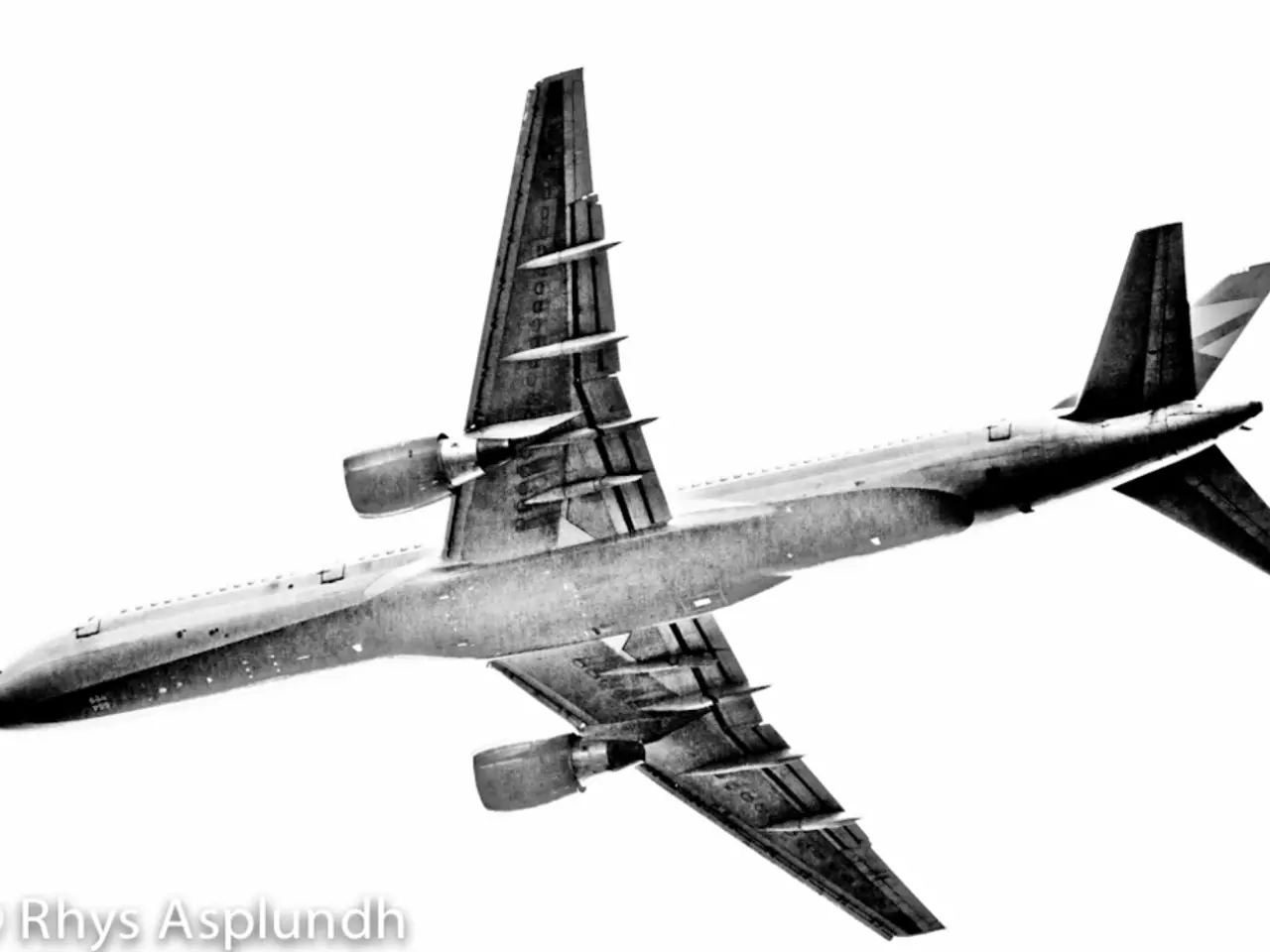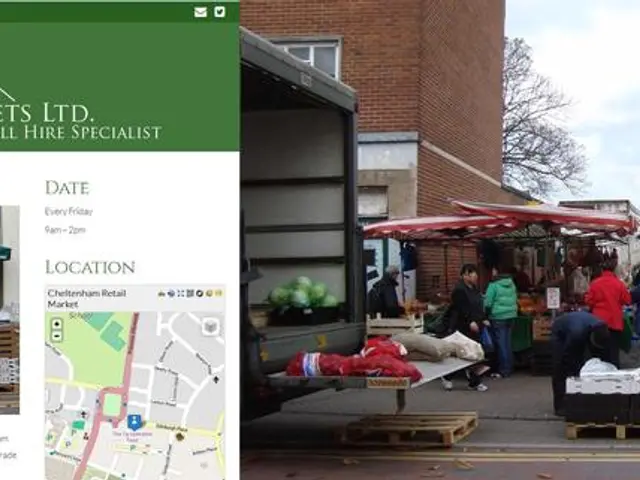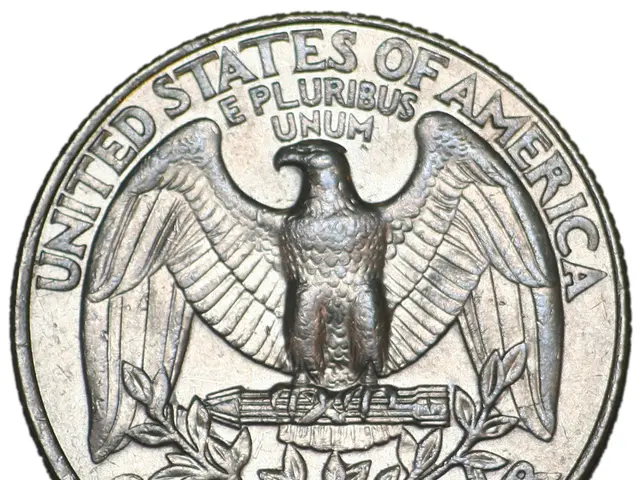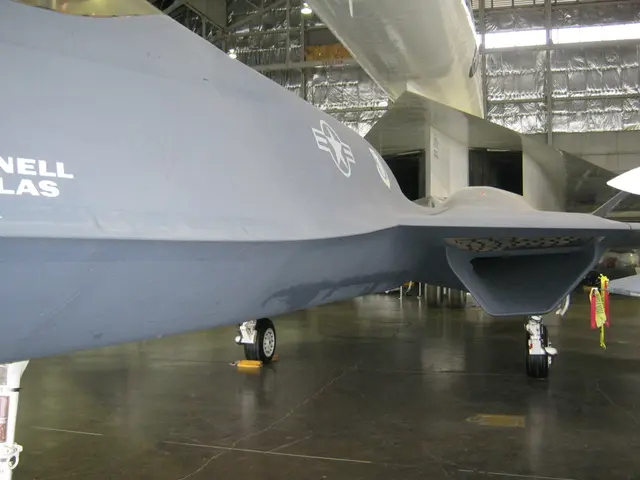Test Footage of Ehang 184 Aerial Vehicle Successfully Carrying Human Passengers
In the world of aviation, the EHang 184 Autonomous Aerial Vehicle (AAV) made history as the first of its kind, designed to carry one passenger. Although the EHang 184 is not currently the focus of recent developments, its groundbreaking design paved the way for its successor, the EH216-S, which is making significant strides in commercial applications, particularly in tourism.
The EH216-S has secured a significant commercial order for 50 units, demonstrating strong traction in the tourism sector, especially in regions with challenging terrain like Guizhou, China. This model has been granted operational certificates for human-carrying pilotless flights, marking a major regulatory milestone.
China's issuance of operation certificates for pilotless human-carrying aircraft is a crucial step towards commercializing eVTOL (electric vertical takeoff and landing) technology. The regulatory environment, technological developments, public acceptance, and trust in AI and autonomous systems will all play a significant role in the timeline for public availability of these vehicles.
While there is no specific timeline mentioned for the EHang 184, the progress with the EH216-S suggests that the technology is advancing rapidly. The EH216-S's commercial rollout and regulatory approvals indicate that public availability of similar eVTOLs could be imminent, potentially within the next few years. However, the exact timeline for the EHang 184 specifically remains unclear due to the lack of recent updates.
Ehang, the creator of the EHang 184, is a drone company based in Guangzhou, China. The founder and CEO, Huazhi Hu, expressed excitement about the future of air mobility after the successful testing of the EHang 184. Hu believes that the development and application of transformative technology follows a pattern of technological innovation, policy creation, and further industry development.
The EHang 184 AAV can reach speeds of up to 130 km/h (about 80 mph) and can carry a load of about 230 kg (507 pounds). During vertical climbing tests, the EHang 184 AAV reached up to 300 m (984 ft). The passengers included Ehang employees, the deputy mayor of Guanzhou, Wang Dong, Ehang founder and CEO Huazhi Hu, and other local government officials. The vehicle can be controlled remotely and is reminiscent of the gyrocopters mentioned in James L. Halperin's book, The Truth Machine.
The EHang 184 AAV is designed to be an autonomous aerial vehicle, with passengers using an on-board touch screen to input their destinations. Ehang is focusing on improving the passenger experience by adding a manual flight control option. The first craft seen in the video has manual controls, while others do not. Approximately 40 passengers participated in over 1,000 flight tests of the EHang 184.
While the EHang 184 AAV can withstand force 7 typhoon conditions, CEO Huazhi Hu suggests a long road ahead for the public availability of this technology. Trust in AI and autonomous systems remains a barrier. The use of explainable AI may help address this issue and speed up adoption. As the industry continues to evolve, the EHang 184 Autonomous Aerial Vehicle will undoubtedly serve as a testament to the potential of air mobility technology.
The advancements in the EH216-S, Ehang's successor to the EHang 184, indicate that artificial-intelligence and technology are playing significant roles in the development of electrical vertical takeoff and landing (eVTOL) vehicles. The issuance of operation certificates for human-carrying pilotless aircraft in China, such as the EH216-S, is a crucial step towards commercializing eVTOL technology.




